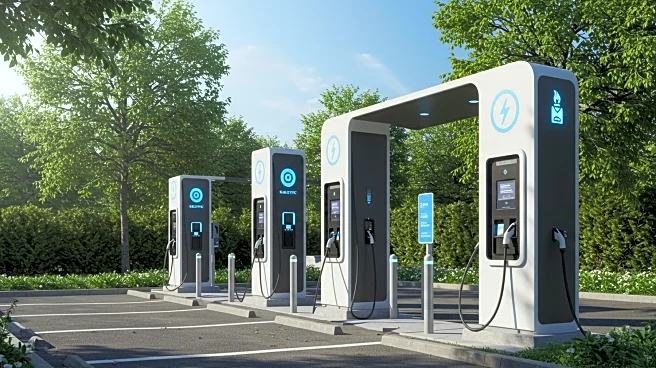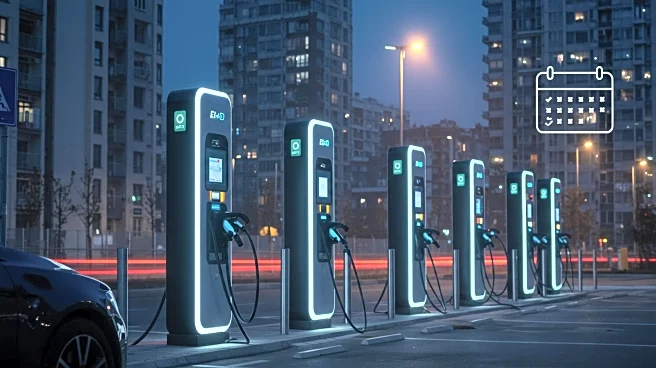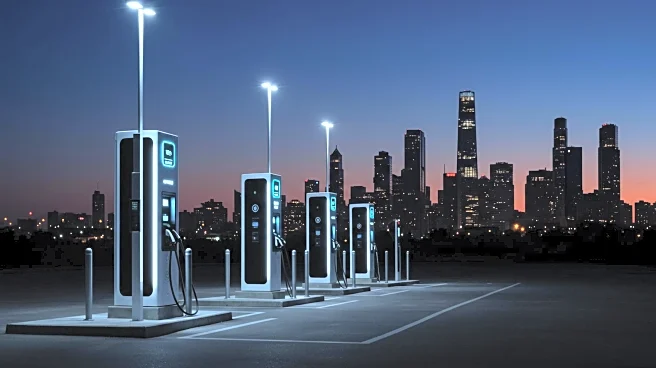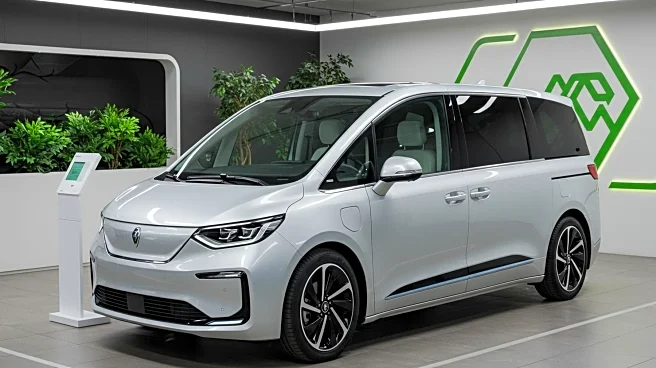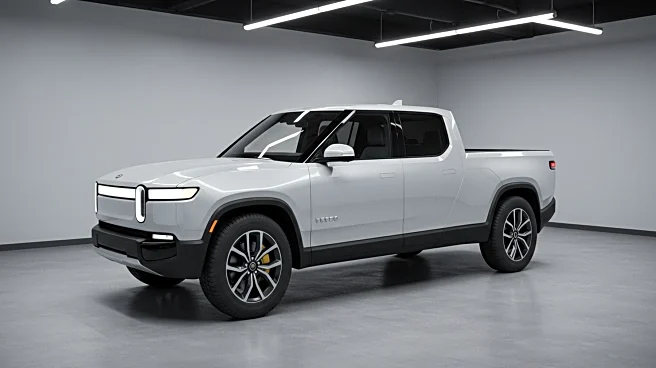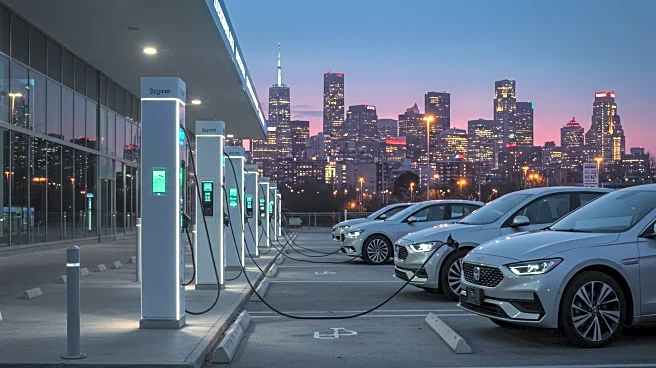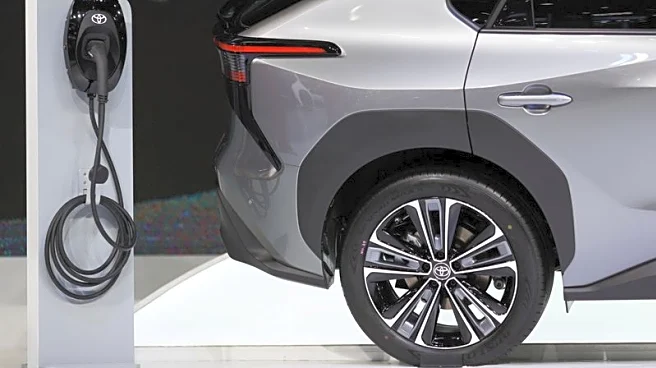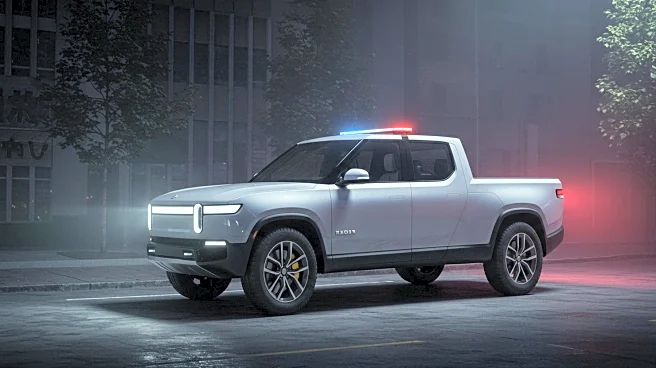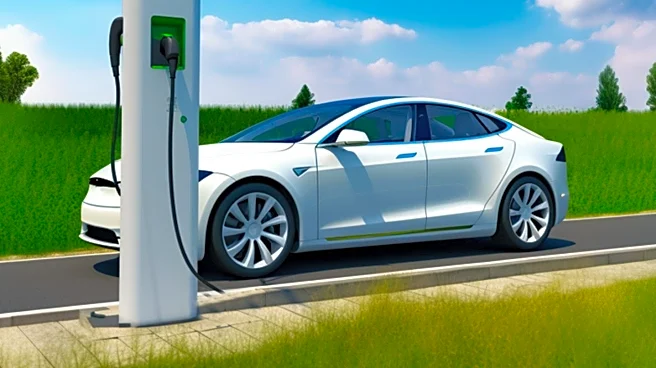What's Happening?
Electric vehicle sales in the United States increased by 20% year-over-year in July, reaching over 130,000 units sold. This marks the second-highest month for EV sales in U.S. history and the highest for mid-year sales. The surge is attributed to several factors, including consistent growth in EV sales over the years and upcoming changes in government policy. The U.S. EV tax credit is set to expire on October 1, prompting a rush of buyers to take advantage of incentives before they end. Additionally, EV prices saw a significant drop in July, with incentives reaching 17.5% of the average transaction price, a record high. This reduction in prices is partly due to automakers and dealers attempting to clear inventory before the decline in government support.
Why It's Important?
The increase in electric vehicle sales highlights the growing consumer interest in sustainable transportation options and the impact of government incentives on market dynamics. As the U.S. prepares to phase out the EV tax credit, the current surge in sales may indicate a temporary boost in demand. This trend could influence automakers' strategies, prompting them to adjust pricing and marketing efforts to maintain sales momentum. The expiration of incentives may also affect the affordability of EVs, potentially slowing adoption rates in the future. The current sales spike underscores the importance of policy decisions in shaping the automotive industry's transition to electric vehicles.
What's Next?
With the U.S. EV tax credit set to expire on October 1, it is expected that sales will continue to rise through September as consumers rush to benefit from the incentives. Automakers and dealers may further adjust pricing strategies to capitalize on this demand. The end of government-backed incentives could lead to a reevaluation of pricing models and marketing strategies within the industry. Stakeholders will be closely monitoring sales trends to assess the long-term impact of the policy change on EV adoption rates.
